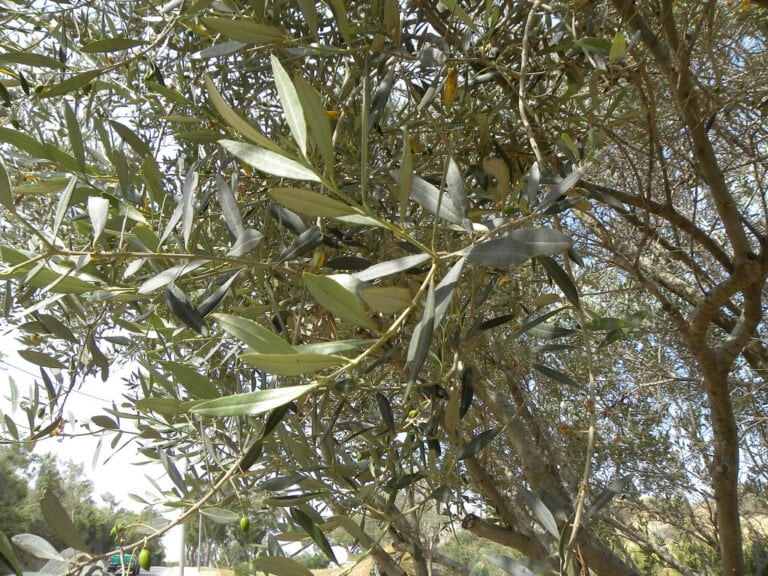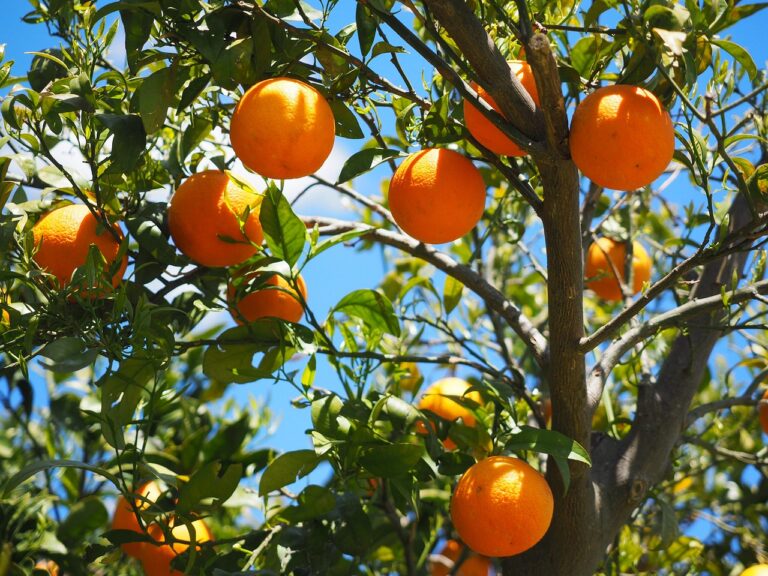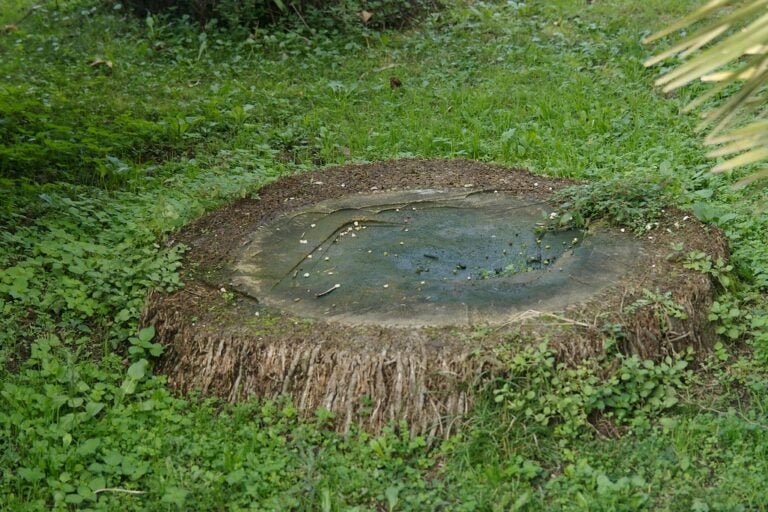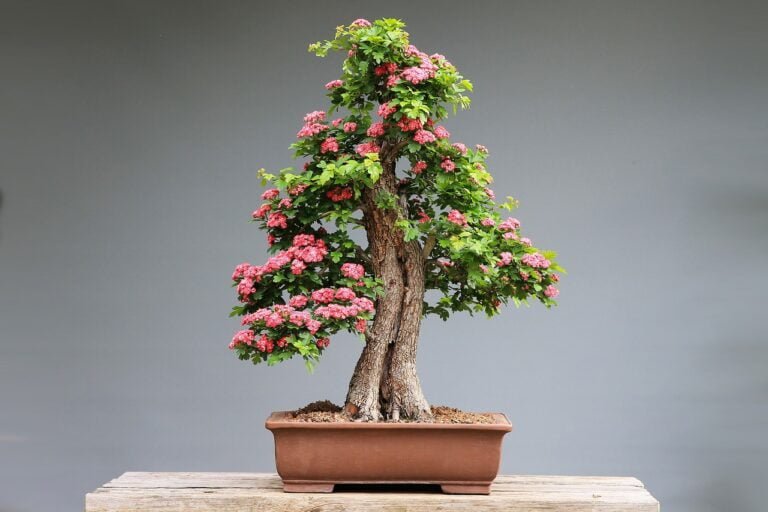Exploring the Different Types of Willow Trees
Immersing myself in the world of willow trees reveals a diverse array of species. Weeping willows boast cascading branches, while Bebb willows thrive in wet soils. Corkscrew willows present twisted branches, and Dappled willows showcase variegated foliage. The rapid growth and wildlife value of Goat willows are remarkable. Each type offers unique traits for various environments. Further exploration uncovers intricate details of bark, flowers, and folklore, enriching the understanding of these mesmerizing trees.
Common Species of Willow Trees and Shrubs
Investigating the diverse world of willow trees and shrubs, we encounter a variety of typical species within the Salix genus, valued for their versatile characteristics and ecological importance. Among these common species are the Weeping Willow, known for its graceful, drooping branches; the Bebb Willow, appreciated for its adaptability to wet soils; the Corkscrew Willow, distinguished by its twisted branches; the Dappled Willow, prized for its variegated foliage; the Goat Willow, recognized for its rapid growth and wildlife value. These species, along with the Purple Osier Willow, Peach-Leaf Willow, and Laurel Willow, offer a range of colors, shapes, and sizes, making them popular choices for landscaping and restoration projects.
Willow trees are esteemed for their salicin content, a compound with medicinal properties. Additionally, these dioecious plants reproduce via catkins, which are clusters of small flowers that enrich their aesthetic appeal. Their long, narrow leaves, varying in color from green to silver, contribute to their unique appearance in the botanical landscape. Understanding the characteristics of these common willow species provides insight into their ecological roles and potential uses in horticulture and conservation efforts.
Willow Tree Types Guide
Exploring the intricate classification of willow trees reveals a diverse array of species, each uniquely suited to specific environmental niches and offering distinct characteristics and benefits. Willows encompass a wide group of trees and shrubs, with notable types like the Weeping Willow, known for its graceful, cascading branches that add a dramatic touch to landscapes. Decorative species such as the Purple Osier Willow not only enrich garden aesthetics but also serve practical purposes like erosion control along water bodies.
The leaves of various willow varieties differ greatly, with species like Peach-Leaf Willow showcasing distinct leaf shapes that contribute to their decorative appeal. Environmental adaptability is a key feature of many willow types, with Arctic Willow and Sandbar Willow thriving in extreme cold or wet soil conditions respectively.
For landscaping purposes, choosing the right willow tree type is essential. The Corkscrew Willow, with its twisted branches, brings a playful element to gardens, while the Dappled Willow adds a pop of color with its variegated foliage. Understanding the characteristics of different willow species empowers gardeners and landscapers to select the most appropriate options for their specific needs.
Willow Tree Identification Tips
When identifying different types of willow trees, one can often distinguish them by their distinctive shapely, round canopies. Willow trees, belonging to the genus Salix, encompass various recognizable features that aid in their identification. Weeping willows, with their long, drooping branches that gracefully touch the ground, are a well-known variety. Another easily identifiable type is the pussy willow, characterized by its fluffy catkins that appear in early spring.
Tree identification becomes more precise when considering specific characteristics of each variety. Some willows exhibit glossy leaves, while others boast twisting branches or colorful catkins, adding to their allure. Varieties like Arctic Willow, Bebb Willow, Dappled Willow, and Goat Willow each possess unique traits that set them apart. For instance, the Arctic Willow showcases variegated leaves adapted to survive in colder climates, while the Dappled Willow displays purple stems, enhancing its ornamental appeal.
Growing Willow Trees: Care Tips
Taking care of willow trees involves providing the correct soil conditions and appropriate watering to support their best growth. Willow trees, like many other plants, have specific growing needs that must be met for the best possible growth. These trees thrive in moist, well-draining, slightly acidic soil. It is vital to make sure that the soil is not waterlogged, as this can lead to root rot. Weekly watering is important for young willow trees, with the top 2 inches of soil needing to dry out between waterings to prevent overwatering.
While willows generally do not require fertilizing, if specific growth needs arise, a balanced fertilizer can be used sparingly. To encourage a healthy growth pattern, it is crucial to establish a central trunk early on. Regular pruning also helps in removing dead or damaged branches, promoting new growth.
To ensure the best care for willow trees, they should be planted in full sun to encourage photosynthesis and growth. With proper soil conditions, watering schedule, occasional fertilizing, and strategic pruning, willow trees can thrive and reach their full potential. These care tips are vital for maintaining the health and vitality of willow trees.
Willow Tree Bark and Flowers
Exploring the intricate nuances of willow tree bark and flowers reveals a mesmerizing botanical domain of diverse textures and formations.
- Willow Tree Bark: The bark of willow trees presents a varied range of colors and textures across different species. Some species display smooth gray bark, while others show rough, fissured bark. This variation adds to the visual appeal of these trees and provides unique characteristics for identification purposes.
- Willow Tree Flowers: Willow tree flowers, arranged in catkins, make their appearance in early spring, preceding the emergence of leaves. These catkins are dioecious, with male and female flowers located on separate trees. The inconspicuous nature of these flowers belies their importance in the reproductive process of the tree.
- Wind-Pollination and Pollinators: Willow tree flowers rely on wind pollination for reproduction. The blooming of catkins signals the onset of spring and acts as a guiding light for early pollinators such as bees and flies. These pollinators play a vital role in the fertilization process, facilitating the continuation of the willow tree species.
Understanding the detailed intricacies of willow tree bark and flowers not only enriches one’s botanical knowledge but also nurtures a profound appreciation for the subtle yet essential aspects of nature’s processes.
Folklore and Uses of Willow Trees
In the domain of botanical traditions and practical applications, the allure surrounding willow trees extends far beyond their enchanting bark and delicate flowers. Willow trees have woven themselves deeply into folklore, often revered for their magical properties of healing and protection across various cultures. The traditional medicinal uses of willow bark are renowned for their effectiveness in pain relief, anti-inflammatory properties, and reducing fevers.
Moreover, willow branches play a significant role in divination practices, especially in techniques like dowsing or water witching, where they are utilized to locate underground water sources. In Celtic mythology, willow trees hold a special place as symbols of intuition, dreams, and the feminine aspects associated with the moon. This symbolism reflects the tree’s inherent qualities of grace and flexibility.
The craftsmanship associated with willow trees is equally remarkable, with the wood prized for its pliancy. This flexibility makes it highly sought after for creating a variety of items, including baskets, furniture, and even cricket bats. The multifaceted nature of willow trees, blending folklore, medicinal uses, divination, Celtic mythology, craftsmanship, and symbolism, underscores their profound significance in the tapestry of botanical lore.






